Slate is commonly used for roofing and flooring due to its durability and natural appearance. It also serves as a material for countertops, blackboards, and outdoor landscaping.
Slate, a fine-grained metamorphic rock, has been shaping architectural and educational landscapes for centuries. Its resistance to weather and low water absorption rates make it an ideal choice for protective and aesthetic purposes in construction. Homeowners and builders choose slate for high-end roofing and sophisticated flooring options, ensuring longevity and timeless style.
As a countertop material, slate offers a unique, tactile experience and adds an earthy element to interior design. On a functional note, its smooth surface makes it perfect for writing as blackboard in educational settings. Outdoors, slate tiles, and slabs contribute to elegant garden walkways and patios. The versatility and strength of this natural stone continue to keep it in high demand for various applications.
Slate’s Natural Formation
Ever wonder about the origins of the elegant and sturdy slate that adorns many roofs and floors? Slate’s natural formation is a geological marvel. It starts deep within the Earth’s crust. Let’s dive into the world beneath our feet and discover the journey of slate.
The Geology Of Slate
Slate begins as a flaky, soft rock called shale. Intense heat and pressure underground transform shale into slate. This process, known as metamorphism, takes millions of years. The Earth’s tectonic plates move and create huge amounts of pressure. This pressure squeezes the shale. During this time, minerals within the shale form neat layers. These layers make slate easy to split into thin sheets.
Regions Rich In Slate
Certain parts of the world are famous for their slate deposits. Welsh slate from the United Kingdom is renowned for its quality. Spain, France, and the USA also boast large slate quarries. These regions had the right conditions millions of years ago for slate to form. Their rich geological pasts provide us with this versatile stone today.
- North Wales, UK: Known for high-quality slate used around the world.
- Lehesten, Germany: Historic sites with deep slate mining traditions.
- Pennsylvania, USA: Home to some of the largest slate quarries in the world.
Historical Uses Of Slate
The versatile rock known as slate has a long and storied past, touching many facets of human life through the centuries. Its durability and beauty made it a material of choice in various applications, as we will explore.
Roofing Through The Ages
Slate has been a trusted roofing material over the years. Let’s delve into its historical significance:
- In 14th-century Wales, slate became popular for its longevity and protection against the elements.
- North America saw its first slate roof in 1600, marking a trend that spanned centuries.
- By the 1800s, the material was widespread, thanks to the growth of the quarry industry.
Slate roofs could last over 100 years, making them a historical symbol of resilience.
Slate’s Role In Education
The phrase ‘clean slate’ comes from this stone’s use in education, where it left a mark:
- Schools used slate for individual writing tablets, affordable and reusable.
- In classrooms, larger slate boards served as the precursor to modern blackboards.
- Children in the 1700s and 1800s often learnt their ABCs on personal slates.
Through these applications, slate played a pivotal role in shaping early educational tools and practices.
Slate In Modern Architecture
The integration of slate in modern architecture has proven to be a game-changer. Known for its durability and natural beauty, slate brings a combination of traditional charm and contemporary sleekness to buildings. Architects today leverage slate in innovative ways. They focus on eco-friendliness and aesthetic appeal to meet the demands of modern construction.
Innovations In Construction
Recent advancements have positioned slate as a versatile material in the construction industry. Builders now employ cutting-edge techniques to incorporate slate in their projects. These include:
- Modular slate panels for quicker and more efficient installation
- Energy-efficient slate roofing solutions that help regulate indoor temperatures
- Lightweight slate composites enabling use in a wider range of structures
These innovations make slate a go-to material for architects and builders aiming for resilience and sustainability.
Slate For Contemporary Design
Slate’s beauty and practicality extend far into contemporary architectural designs. Here’s how slate is shaping the future of modern aesthetics:
- Elegant facades: Slate wall cladding offers a sleek, sophisticated look that stands out.
- Stylish interiors: Slate tiles are used for flooring and accent walls, bringing natural texture indoors.
- Outdoor landscaping: Durable slate pavers and stepping stones create harmonious outdoor living spaces.
These design elements showcase slate’s flexibility, demonstrating its significant role in contemporary architecture’s evolution.
Artistic Expressions With Slate
Slate offers a unique medium for artists. Its durability, natural beauty, and versatility make it an excellent choice for a range of artistic endeavors. From rustic home decorations to elegant sculptures, slate inspires creativity in various forms.
Crafting Mosaics With Slate
Mosaic artwork comes to life through slate’s rich textures and colors. Artists often choose slate for creating stunning, durable mosaics that stand the test of time.
- Wall Features: Slate tiles cut into smaller pieces, blend into extraordinary wall mosaics.
- Floor Designs: Tough and slip-resistant, slate is perfect for eye-catching floor mosaics.
- Outdoor Art: Its weather resistance makes slate ideal for garden and patio mosaics.
Sculptures And Memorials With Slate
Slate’s natural elegance transforms into thought-provoking sculptures and heartfelt memorials. Carvable and enduring, it suits both contemporary designs and classic tributes.
| Type of Sculpture | Characteristics |
|---|---|
| Abstract Forms | Slate’s layers help create intricate abstract shapes. |
| Representational Sculptures | Lifelike figures carved from slate blocks. |
| Commemorative Plaques | Engraved with precision, slate plaques honor memories beautifully. |
Practical Everyday Applications
Slate is a natural stone with many uses. It is both beautiful and durable. People use slate in and out of their homes. Here are some ways slate brightens our lives every day.
Household Items
Inside our homes, slate adds elegance and function to our everyday items. Its uses include:
- Coasters – Slate keeps tables safe from drink rings.
- Cutting boards – Chefs love slate for its natural food safety.
- Tile flooring – A slate floor can last for decades with minimal care.
- Fireplace surrounds – The stone is heat-proof and adds style.
Landscaping And Outdoor Decor
Outside, slate brings beauty and toughness to gardens and yards.
| Use | Advantages of Slate |
|---|---|
| Patio Pavers | Weather-resistant and adds a natural look. |
| Garden Paths | Provides a steady walking surface and reduces mud. |
| Water Features | Gives a timeless feel to ponds and fountains. |
| Wall Cladding | Shields exterior walls and offers a stunning facade. |
Frequently Asked Questions For What Is Slate Used For
What Is The Most Common Use Of Slate?
The most common use of slate is as a roofing material due to its durability and natural ability to withstand harsh weather.
Why Is Slate Valuable?
Slate is valued for its durability, natural beauty, and versatility as a building material. Its resistance to weathering and low maintenance demands make it a popular choice for roofing and flooring.
What Are 3 Facts About Slate?
Slate is a fine-grained, metamorphic rock. It’s renowned for its durability and cleaving into thin, smooth sheets. Slate is commonly used in roofing, flooring, and outdoor landscaping.
What Can I Do With A Slab Of Slate?
A slab of slate can be used for crafting elegant countertops, attractive garden pathways, custom chalkboards, unique serving platters, or striking fireplace surrounds.
Conclusion
Understanding slate’s versatility reveals its enduring appeal across various applications. From roofing to home decor, its durability and aesthetic charm stand out. Embrace the timeless elegance of slate for lasting style and functionality. Let’s not overlook this natural wonder in crafting spaces and objects that resonate with both tradition and innovation.
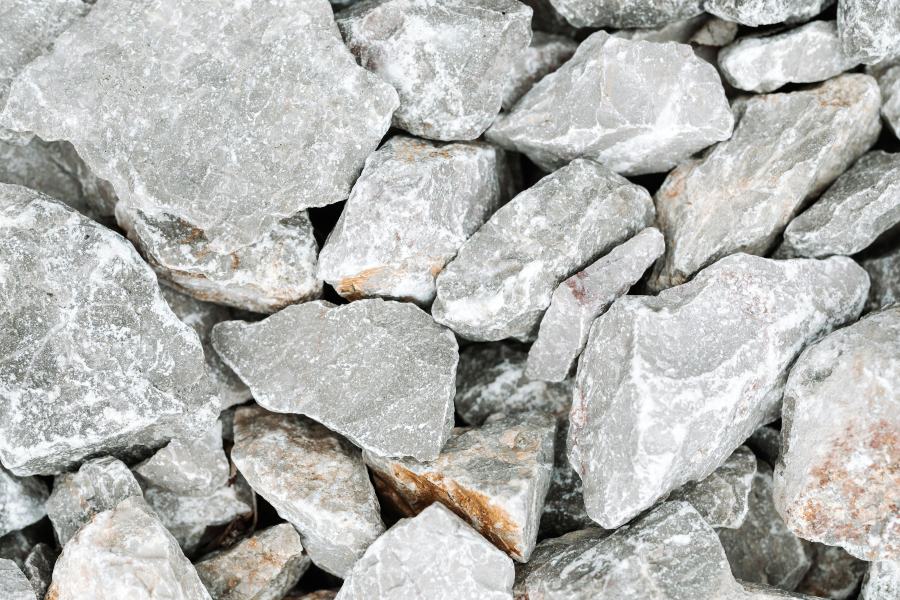
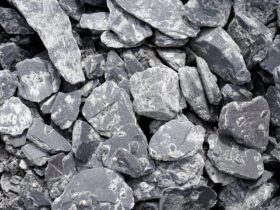
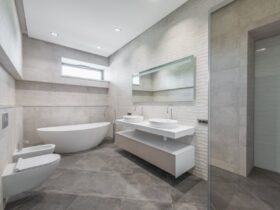

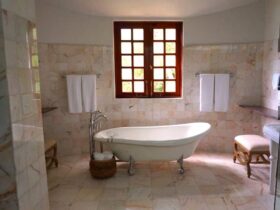

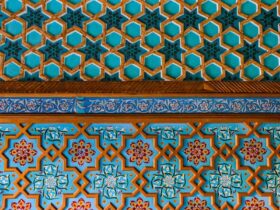
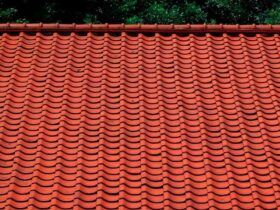

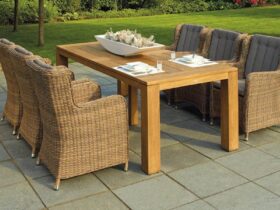
Leave a Reply